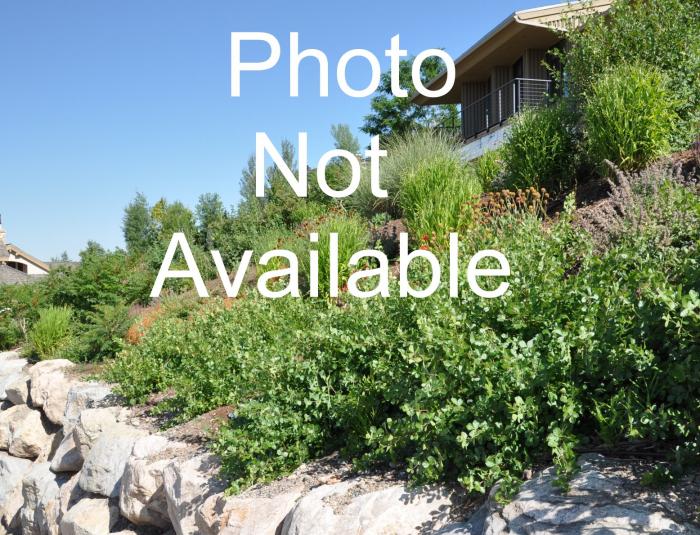| Botanical Name: Artemisia frigida | |
| Common Name: Fringed Sagebrush |

-
Anatomy
-
Culture
-
Design
Plant Type
Broadleaf Evergreen, Shrub, Ground cover
Height Range
Under 1'
Flower Color
Yellow, White
Flower Season
Summer, Fall
Leaf Color
Grey Green, Silver
Bark Color
Brown, Grey
Fruit Color
n/a
Fruit Season
n/a
Sun
Full
Water
Very Low, Low
Growth Rate
Moderate
Soil Type
Sandy, Clay, Rocky, Unparticular
Soil Condition
Average, Poor, Well-drained, Dry
Soil pH
Neutral, Basic
Adverse Factors
n/a
Design Styles
English Cottage, Japanese, Meadow, Mediterranean, Ranch, Spanish
Accenting Features
Fragrance, Unusual Foliage
Seasonal Interest
Winter, Spring, Summer, Fall
Location Uses
Perennial Border, Shrub Border, Foundation, Parking Strip, Raised Planter, Walkways, With Rocks
Special Uses
Cut Flowers, Filler, Hedge, Naturalizing, Small Spaces
Attracts Wildlife
Wildlife
Photographer: Mountain States Nursery
-
Description
-
Notes